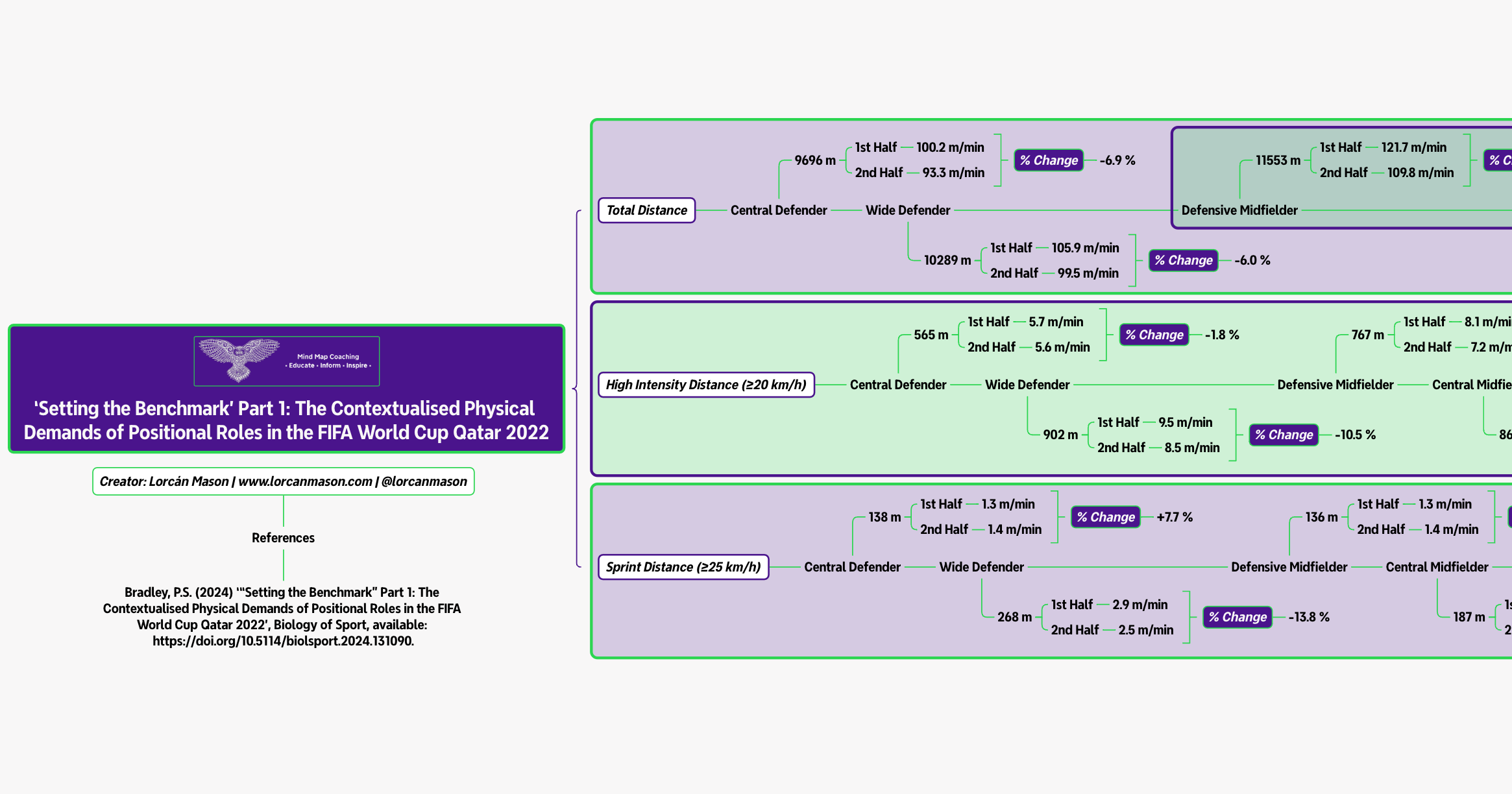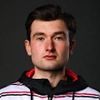‘Setting the Benchmark’ Part 1: The Contextualised Physical Demands of Positional Roles in the FIFA World Cup Qatar 2022
Understanding the unique physical demands of international football can significantly impact the effectiveness of training programs and contribute to maximising player performance on the field.

Match analysis research plays a crucial role in understanding the physical requirements of football matches, aiding in the development of tailored performance tests and training programs for players. While previous studies have predominantly focused on domestic leagues and some European competitions, there is a lack of information regarding the physical demands of international tournaments like the FIFA World Cup. This approved study, endorsed by FIFA, utilises comprehensive data from the FIFA World Cup Qatar 2022 to provide a more precise insight into the physical demands of contemporary international football. By analyzing all 64 matches of the tournament, the research aims to offer a detailed depiction of the physical demands placed on players in various positions.
This data is essential for designing training programs tailored to meet the specific needs of players based on their roles on the field. The findings of this study can significantly benefit coaches and trainers in developing more effective training regimes that enhance player performance and reduce the risk of injuries. By benchmarking recent competitions, the study emphasises the importance of understanding the variability in match demands across different players and positions. Overall, this research fills a critical gap in the existing literature by providing detailed and current insights into the physical demands of international football, particularly from the latest FIFA World Cup. By incorporating position-specific and individual-specific training drills, coaches can enhance player performance and minimise the likelihood of injuries during international football competitions.
The study delves into the physical demands imposed on various positional roles in international football tournaments such as the FIFA World Cup Qatar 2022. It reveals significant disparities in the physical demands across different positions and even within the same position. This underscores the importance of tailoring training programs to mimic the specific characteristics and demands of each position and individual player to adequately prepare them for match conditions. Moreover, the research highlights that players cover varying distances, particularly at higher intensities, with a general decline observed from the first half to the second half of a match. This decline is attributed to the extended second halves resulting from FIFA's revised approach to added time, potentially leading to fatigue. Central midfielders and defensive midfielders were found to cover more total distance compared to other positions, while wide midfielders and wide forwards cover more distance at higher intensities. Furthermore, the study identifies that players in wide positions achieve top sprint speeds. This knowledge is crucial for devising training programs tailored to meet the specific requirements of players based on their positions and roles on the field.
The insights provided can aid coaches and trainers in developing more effective training regimes that enhance player performance and mitigate the risk of injuries. Overall, this study bridges a gap in existing literature by offering detailed and current information on the physical demands of international football, particularly from the latest FIFA World Cup. Such information is indispensable for practitioners seeking to optimise player performance and ensure that training drills are both position-specific and individual-specific. Understanding the unique physical demands of international football can significantly impact the effectiveness of training programs and contribute to maximising player performance on the field.

